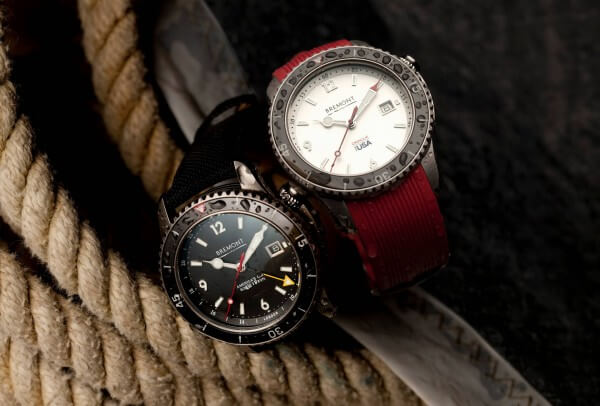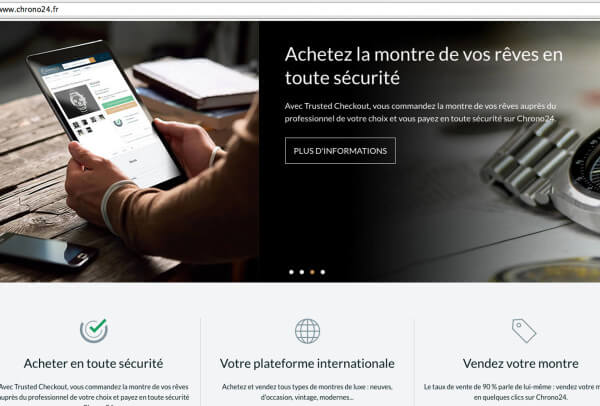Exploring social norms sometimes means to approach, communicate or transform taboos: a world of mystery which can be extremely powerful and aesthetic when it is well executed. Or as Dita von Teese says: “I was always intrigued by the idea of bringing things together that are considered taboo or risque and bringing them together with something of high elegance and sophistication”
Taboo marketing is seen to glamorise or consecrate something that goes against mainstream social norms. Recent examples can include Caitlyn Jenner on the Cover of Vanity Fair, becoming the first transgender on the cover of the iconic magazine. By breaking the unwritten behavioural rules that are considered acceptable, advertising can highlight topics that can become important debates at the society level. It is true that taboo marketing has focused a lot on social taboos such as sex and drugs. The luxury fashion industry has built a market around these taboos, one that has now become so saturated with these ‘taboos’ that it’s difficult to stand out from the crowd. Creatives like Terry Richardson made a name and a living by a permanent provocative signature to say the least, when it comes to representing (young) women for fashion editorial shoots. Hedi Slimane’s “skinny” aesthetic has been replicated by all main fashion houses, flirting with a very “sex / drugs / rock’n roll” that looks a bit dull now that it’s been cloned and copied so many times.
There is no mainstream. There are many streams. Diversity is to be celebrated and antagonism forgotten
The Swiss watch industry hasn’t followed suit and is relatively virgin when it comes to taboo marketing. This is a good thing, however. This means that brands have the opportunity to reinvent taboo without being drowned in an overly saturated market. By tapping into the original definition of taboo marketing as an exploration of the fringes of societies and what could become the next new normal, fine watchmakers have a tremendous opportunity to reach new luxury customers.
An opportunity for Fine Watchmaking
Basically, instead of considering the luxury customers as a homogeneous body, the genius might be in realising that there are many streams within them, standing for values that are yet to be matched by the products. Bennett & Kahn-Harris explain ‘there is no mainstream. There are many streams. Diversity is to be celebrated and antagonism forgotten’. This perfectly explains the situation for Fine Watchmaking brands. They no longer have to worry about what is seen as mainstream, as their target audience is no longer what it used to be. A few values can be listed hereafter:
Taboo #1: recognizing other national talents
‘People still want Swiss watches,’ says Giles English, co-founder of Henley-on-Thames-based watch brand Bremont. ‘But there is a growing number of people who want something a bit different.’ With the Swiss Watch market currently in a slump, the UK market is one of the only holding positive changes through late 2016. This increase in the UK market hasn’t gone unnoticed and luxury British watchmakers are slowly popping up with none of the worries that their Swiss counterparts are encountering. Although the issue is still there and very much a taboo…

According to a study by St Gallen University, consumers are prepared to pay up to 50% more for a watch of Swiss origin. To get round this ‘taboo’, luxury watch brands from outside of Switzerland are pairing their own design with Swiss movements. This taboo of ‘non-Swiss’ brands is perhaps the biggest and most interesting of all, but one which could see change in the coming years.
Taboo #2: the second-hand market and the rise of new vintage buyers
By far the biggest trend of 2016 within Fine Watchmaking is vintage. Vintage is cool and it’s here to stay. Whether this is a reason for the market slowing down is yet to be seen, but it certainly helps websites such as Chrono24 – a website dedicated to selling luxury watches – as they cite 70% of their sales come from second hand watches.

The second hand market is booming at the moment and this posed a threat to Fine Watchmakers trying to sell new products. However, brands are doing things to safeguard themselves. For example, Rolex offer services from their workshops to keep your watch ticking; Patek Philippe give a ‘Certificate of Origin’ which offers a lifetime guarantee for their watches. Maybe in the future we will see these brands trying to take back the second-hand market, similar to how Apple do, by offering brand refurbishment and selling them directly through their own websites.
What about the bachelor or bachelorette, or son/daughter of a millionaire? Where do their values lie?
Taboo #3: From heritage to “brand baggage”
Harris group found that the share of consumer spending on live experiences and events relative to total U.S. consumer spending increased 70% since 1987. But what does this mean? Well, with younger generations less keen to own products but wanting to experience amazing moments, some brand positioning could be challenged. Take Patek Philippe for example, since 1996 they have run the same campaign titled ‘Generations’ with the tagline ‘You never actually own a Patek Philippe. You merely look after it for the next generation’. At the time this was a hard hitting campaign as it delved into the concept of money and time, and expressed the values of the affluent consumers’ family and legacy. This is true for the affluent, 60 or 50-year-old, but what about the younger consumers? What about the bachelor or bachelorette, or son/daughter of a millionaire? Where do their values lie?

Soon heritage and tradition is no longer going to be enough to sell a watch. People want more. Brands need to create a shared value, that is more than simply owning a watch, because that’s what their new audience wants.
What Hublot are doing with this strategy is breaking taboos, but not because they see them as an end point, but they use them as building blocks to build upon.
Taboo #4: New affluent and rich customers are not what they used to be
Within the industry there are very few brands that trying to do things differently. Hublot is by far the most forward-thinking of those. As Bennett & Kahn-Harris discussed, Hublot are tapping into many streams and celebrating diversity within their buyers. For this they have to thank their innovative Chairman, Jean-Claude Biver. Just look at their marketing and use of sponsorships and ambassadors. Hublot were the first brand ever to sponsor an African-American athlete, which at the time was seen as a taboo hurdle. They leapt over the hurdle and it is now common place for watch brands to do so too. They were also the first watch brand to work with basketball teams, and even the first to work closely with the FIFA World Cup.
Another thing they are doing to tap into these forgotten subcultures is collaborating with artists, for example Sang Bleu’s tattoo studio. They’re moving away from their own heritage and trying to building up a new audience, different from what they previously have marketed to. What Hublot are doing with this strategy is breaking taboos, but not because they see them as an end point, but they use them as building blocks to build upon.

Conclusion
With the export markets currently in decline, brands need to reimage the way they sell their products. We’ve outlined but a few of the taboos within an industry that has in the past been notoriously reluctant to change its thinking. Or has it? Maybe in the way it markets its products, breaking taboos hasn’t been somewhat untouched, but Fine Watchmaking as an industry has consistently broken its own rules in the way these watches have been made or designed.
In the meantime, they need to explore new ways to showcase these products to a new audience of consumers. Simply bringing onboard an ambassador to build legitimacy or sponsoring an event to target the public isn’t enough. A new need to explore ways to be authentic and transform their ‘brand baggage’ and heritage is needed. Something that can not only bring the current community, but to build on that and work their way into the ‘many streams’ of untapped audiences and subcultures.












